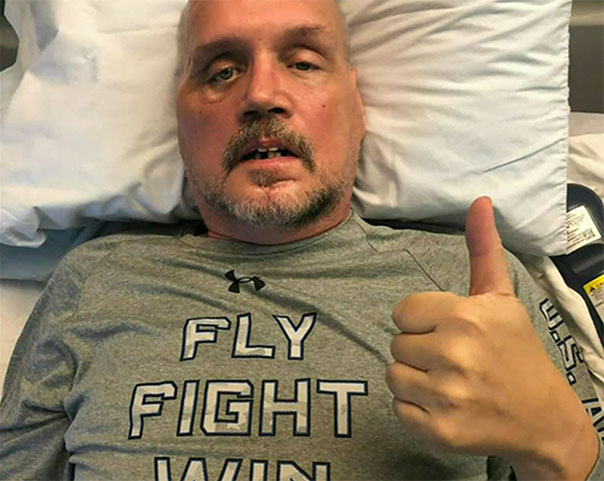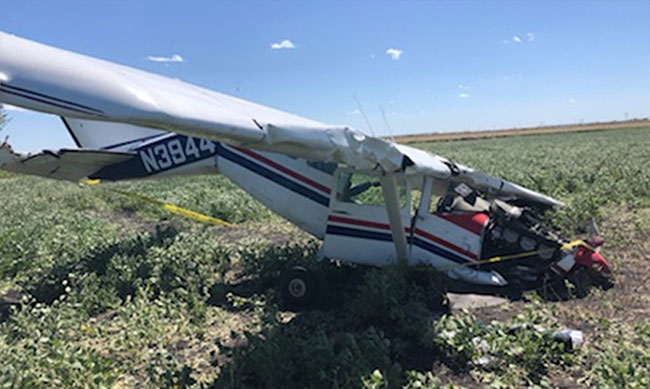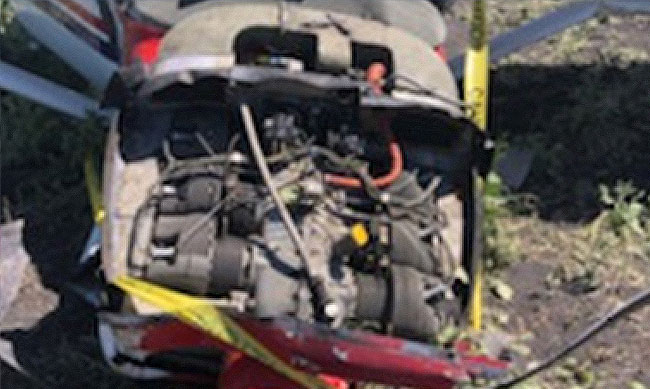
-
Written ByRebecca Kinney
-
PublishedJune 30, 2023
The significance of effective communication and coordination among surgical teams cannot be overstated.

In the fast-paced environment of the operating room (OR), every second counts. The significance of effective communication and coordination among surgical teams cannot be overstated. To ensure patient safety and minimize the risk of errors, surgery professionals rely on a vital tool most of us are familiar with, known as the timeout. The universal protocol was designed by the Joint Commission to reduce the occurrence of wrong-site, wrong-procedure, and wrong-person surgery. According to the protocol, organizations must conduct a “time-out” before the start of any surgical procedure. During the time-out, the entire operating room team reviews the patient’s identity, the procedure, and the surgical site before the surgical incision or the start of the procedure. The time-out is also a time designated for team members to voice any concerns about the patient’s safety or the procedure. 1 In this write-up, we will delve into the history, importance, and top considerations surrounding timeouts in the operating room. We also will share a story of one of our very own that encountered a near-death experience of his own as a result of not reviewing an aviation checklist. It’s worth reading to the end to hear it (or you can scroll to the bottom for the goods).
A Brief History:
The concept of timeouts originated from the aviation industry, where pre-flight checklists and communication protocols were implemented to reduce errors and enhance safety. Borrowing from this success, the healthcare sector introduced timeouts as a standardized practice in the early 2000s.
Why Timeouts Are Important:
- Preventing Errors: Timeouts provide an opportunity for the surgical team to pause and verify critical information before proceeding with a procedure. This includes confirming patient identity, surgical site, procedure, and the availability of necessary equipment and resources. By double-checking these details, potential errors and complications can be detected and prevented.
- Enhancing Communication: In a busy OR, effective communication is essential for a successful surgical outcome. Timeouts foster collaboration and open dialogue among team members, encouraging them to voice concerns, clarify doubts, and share vital information. By promoting clear communication, timeouts create an environment that is conducive to teamwork and reduces the risk of miscommunication.
- Ensuring Patient Safety: Patient safety is at the forefront of healthcare practice, and timeouts are pivotal in this aspect. By mandating a moment of reflection and verification, timeouts serve as a safety net, ensuring that the correct patient, procedure, and site are addressed. This simple yet crucial step significantly reduces the occurrence of wrong-site surgeries and other preventable medical errors.
Top Considerations for Effective Timeouts:
- Standardized Procedures: To optimize the effectiveness of timeouts, healthcare institutions should establish standardized protocols that clearly outline the steps to be followed. This includes designating a team member responsible for leading the timeout, defining the necessary information to be verified, and specifying the timeframe for the process.
- Active Participation: Timeouts should involve the entire surgical team, including surgeons, anesthesiologists, nurses, and technicians. Active participation and engagement from all members encourage a collective sense of responsibility and ensure that critical information is not overlooked.
- Structured Communication: Communication during timeouts should be clear, concise, and structured. Using a standardized script or checklist helps guide the team through essential elements, ensuring consistency and reducing the chance of overlooking critical information. It is essential to encourage team members to ask questions, share concerns, and seek clarification during the timeout.
- Continual Education and Training: Ongoing education and training are paramount to keep the surgical team informed about the latest protocols, best practices, and research regarding timeouts. Regular training sessions, workshops, and updates help reinforce the importance of timeouts, enhance team skills, and maintain a patient safety culture.
Falling From the Sky
As promised, we have an exclusive story for you about a valued member of our Skytron family who almost didn’t survive a catastrophic airplane accident.
Meet Jeff Kloster of The Rhino Group, Inc (a representative firm of Skytron), a pilot and friend. One day on a scheduled flight to a hospital to see a client, things went horribly awry. Typically, when getting ready for take-off, he reviews a thorough checklist on the ground. Unfortunately this day, he missed one item on the extensive list. The fuel mixture knob was only pushed halfway in. The engine went full throttle and died, and he almost did too. He was forced to make a crash landing and survived to tell his story.
The rest of the day is a distant memory; he only remembers waking up in the hospital. Today as he reflects, he is so grateful to be alive and thinks about what would have happened at the trauma facility if they didn’t have a thorough checklist for his care in the Operating Room. Would he still be here today without their valiant efforts? He remembers saying, “Thank you for keeping me alive.” Today, he educates the sales team at Rhino Group and stresses the importance of checklist discipline in the clinical setting.

We can all learn from his mistake and put into practice the sheer importance of paying attention to every last detail in our facilities. Jeff says, “Things look a lot different when you or a family is on the receiving end of surgery. The details matter more than you can imagine. So, if you don’t feel like they don’t matter today, they do.”
By embracing timeouts and fostering a culture of vigilance and accountability, our surgical teams can enhance communication, prevent errors, and safeguard the well-being of every patient who enters the operating room. Our responsibility is to recognize their significance and consistently prioritize patient safety in every surgical procedure. Let’s learn from Jeff’s experience and take to heart the importance of implementing effective checklists and timeouts to save lives and prevent catastrophic mistakes together.
Resources:









